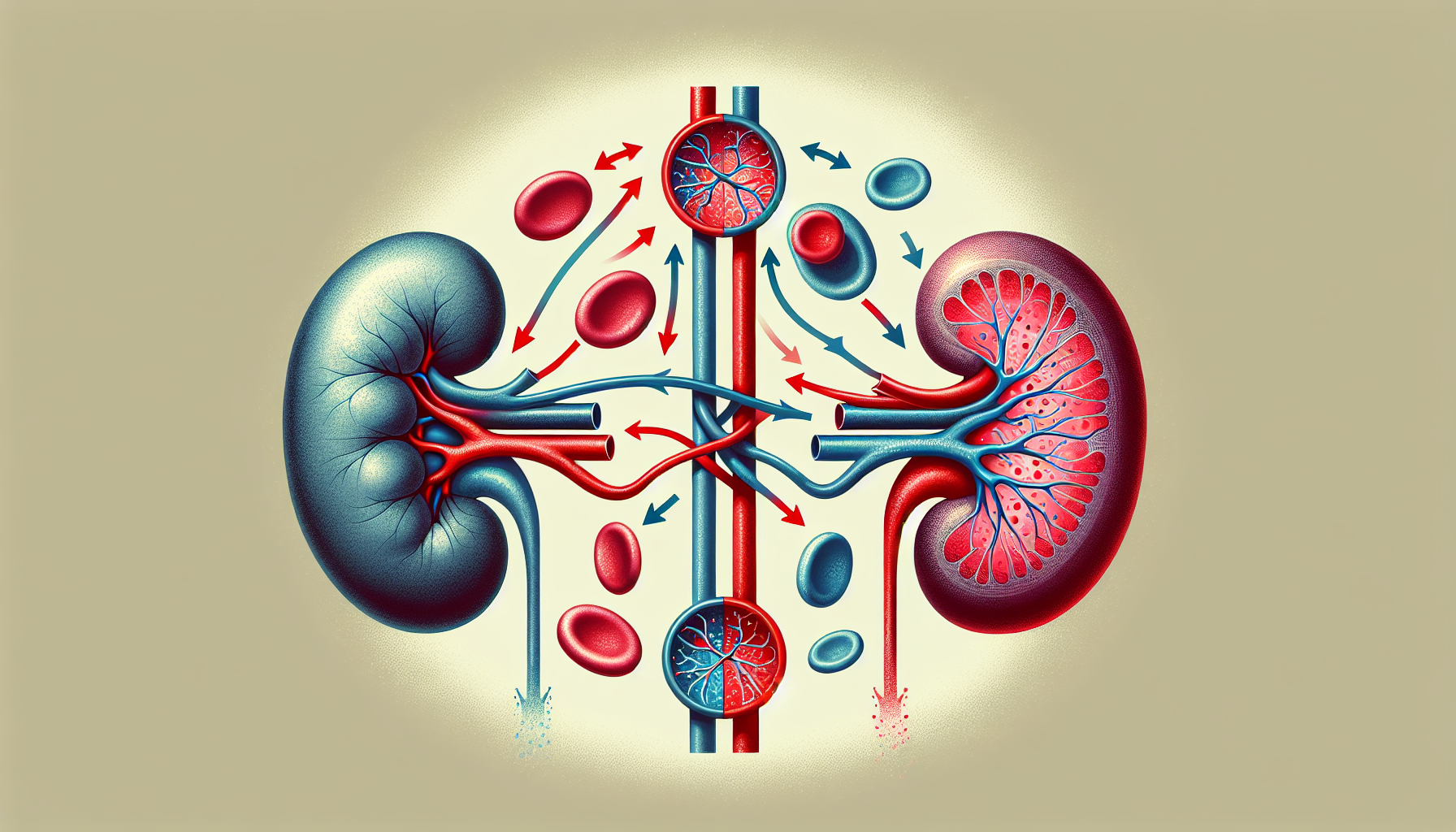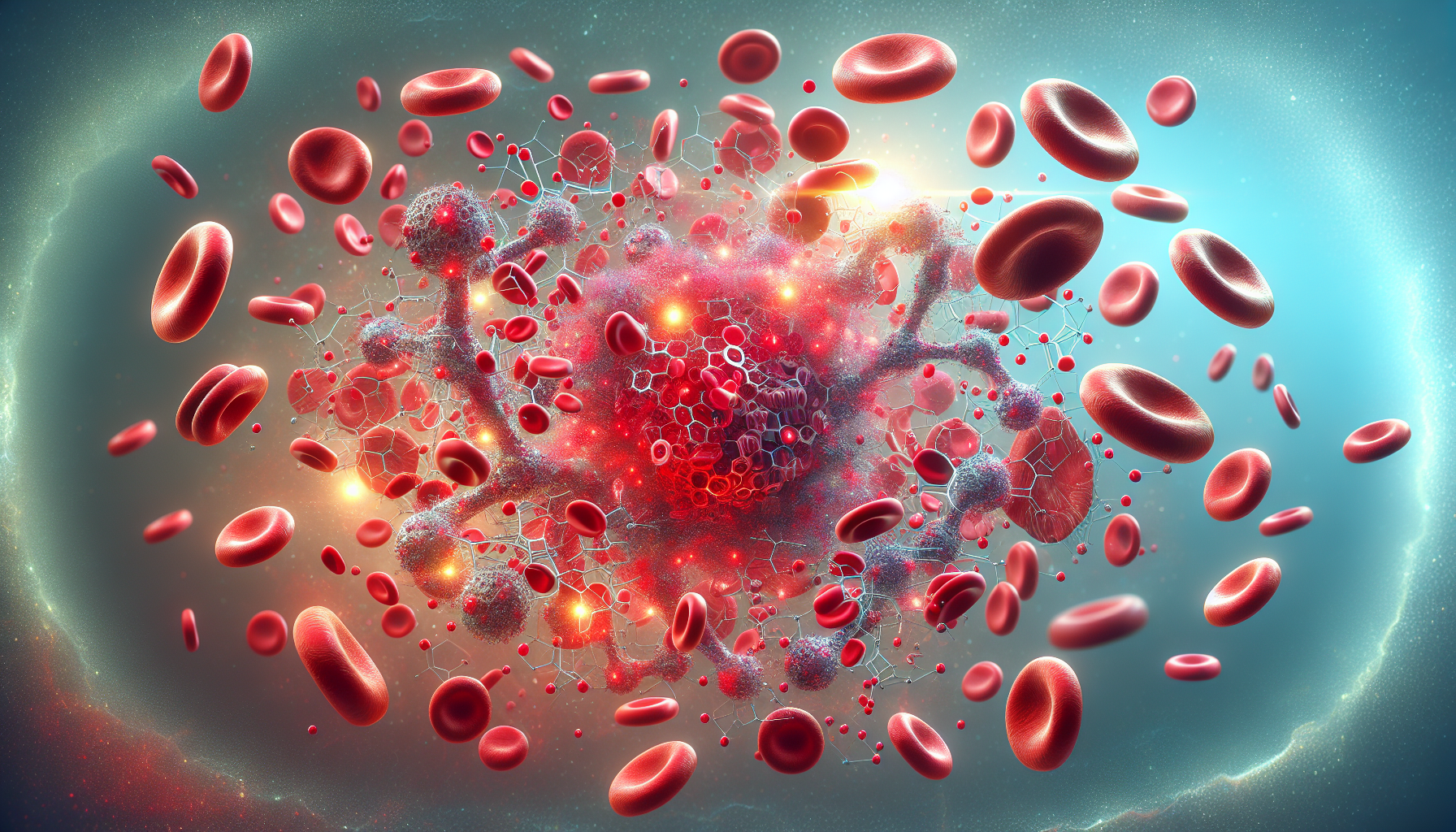Are We Overdosing Anemia Patients? A Study on Mircera Dosing Practices
Key Takeaways
- Mircera dosing is often inconsistent and arbitrary.
- Higher doses of Mircera can cause severe health risks.
- Tailored dosing protocols can improve patient safety and treatment efficacy.
Did You Know?
Introduction to Mircera
Mircera, known scientifically as methoxy polyethylene glycol-epoetin beta, is a medication used to treat anemia. Anemia is a condition where your body does not have enough healthy red blood cells to carry adequate oxygen to your tissues. This drug is particularly essential for patients undergoing dialysis for kidney issues.
Research Findings on Dosing Practices
Recent research presented by Dr. Namrata Shrestha from the University of the Incarnate Word reveals that clinicians are not consistently using established algorithms for dosing Mircera. This inconsistency can lead to both underdosing and overdosing of patients, which might cause harm.
Shrestha reviewed data from three dialysis clinics in Texas. They studied patients on hemodialysis who had been receiving high doses of Mircera for over six months. They found that a significant portion of these patients were being dosed incorrectly, either receiving too high or too low a dose.
The Risks of Incorrect Dosing
The study pointed out that the majority of patients were receiving doses higher than the recommended calculations. Higher dosing can lead to serious health risks, including strokes, heart attacks, and blood clots. Conversely, those with higher body weights were often underdosed, which means their anemia goes inadequately treated, potentially leading to the need for blood transfusions.
Why Aren't Algorithms Being Followed?
One issue highlighted is that the maximum dose currently used, around 220 to 225 micrograms, is arbitrary and not supported by scientific literature. Instead, correct dosing should be tailored according to individual patient needs, adjusting for factors like body weight and initial response to the medication.
Steps to Improve Dosing Accuracy
Dr. Pablo E. Pergola, a co-author of the study, emphasized the need to adjust existing protocols. He recommends stopping dose increases when marginal or no increases in hemoglobin levels are observed, and continuing increases only for significant improvements. This individualized approach could mitigate the risks associated with both underdosing and overdosing.
The Conclusion
The overarching conclusion from this study is clear: using a one-size-fits-all approach to dosing Mircera can be harmful. A more tailored protocol, based on accurate algorithms and patient-specific needs, is crucial to ensure the safety and efficacy of anemia treatments.
Moving Forward
To remedy these issues, healthcare providers need to be educated on the importance of adhering to dosing algorithms. Updated guidelines and training could help clinicians make better-informed decisions that align with the best interests of their patients.
Implications for the Future
Studies like these are vital for continually improving medical practices. They remind us that while drugs like Mircera are powerful tools, their misuse can have severe consequences. As such, regular reviews and updates based on the latest research should be a standard part of clinical practice.
A Call to Action
Providers and healthcare institutions should take this study seriously and re-evaluate their dosing protocols. By doing so, they can provide safer and more effective care for their patients, ensuring that everyone receives the proper treatment.






